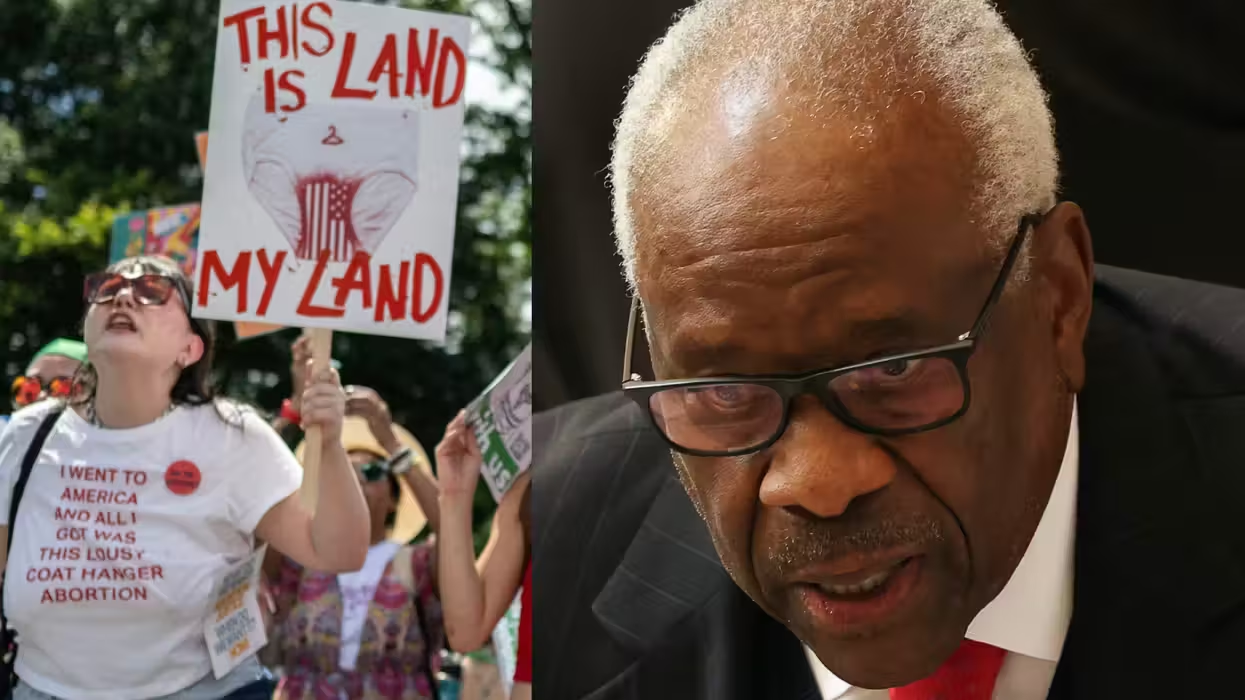
© 2025 Blaze Media LLC. All rights reserved.
Here's How a Mathematician Used Physics to Better His Odds at Roulette -- and How You Could Too
May 10, 2012
"...we demonstrate an expected return of at least 18 percent, well above the -2.7 percent expected of a random bet."

Doyne Farmer has known since the 1970s how to better his odds at the roulette table in casinos. While you may think roulette is more so a game of chance with little rhyme or reason to figure out where the little ball will land on the spinning on the wheel, Farmer devised a method for improving his guess using physics.
Farmer tells New Scientist he kept silent until now because he "did not want to communicate any information that might prevent anyone from taking the casinos' money," but now he sees "no good reason for staying silent any longer."
New Scientist reports Farmer, who works at the University of Oxford, has drafted a paper in response to a similar technique published in the journal Chaos by Michael Small from the University of Western Australia and Michael Tse from Hong Kong Polytechnic University:
[Small and Tse] demonstrate that with a few measurements and a small computer or smartphone, you can indeed tip the odds in your favour. The trick is to record when the ball and a set part of the rotating wheel both pass a chosen point.Their model divides the game into two parts: what happens while the ball rolls around the rim of the wheel and then falls, which is highly predictable, and what happens after the ball starts bouncing around, which is chaotic and hard to predict. Because the first part is predictable, Small and Tse were able to calculate roughly where the ball would begin its erratic bouncing and therefore in which part of the wheel it was more likely to land.
New Scientist notes that Farmer began testing this method in the 1970s using one of the "world's first wearable computers." The difference between Farmer's and Small and Tse's techniques is what slows down the ball. Small and Tse said it is friction with the spinner, whereas Farmer said it is air resistance.
Using this technique, New Scientist reports Small and Tse accurately predicted the half of the wheel in which the ball would land 13 to 22 percent of the time. "By applying this technique to a standard casino-grade European roulette wheel we demonstrate an expected return of at least 18 percent, well above the -2.7 percent expected of a random bet," the two wrote in the published abstract.
But you shouldn't think you're pulling the wool over the house's eyes if you test out this trick. New Scientist reports Small saying he thinks casinos are already aware.
Want to leave a tip?
We answer to you. Help keep our content free of advertisers and big tech censorship by leaving a tip today.
Want to join the conversation?
Already a subscriber?
more stories
Sign up for the Blaze newsletter
By signing up, you agree to our Privacy Policy and Terms of Use, and agree to receive content that may sometimes include advertisements. You may opt out at any time.
Related Content
© 2025 Blaze Media LLC. All rights reserved.
Get the stories that matter most delivered directly to your inbox.
By signing up, you agree to our Privacy Policy and Terms of Use, and agree to receive content that may sometimes include advertisements. You may opt out at any time.






